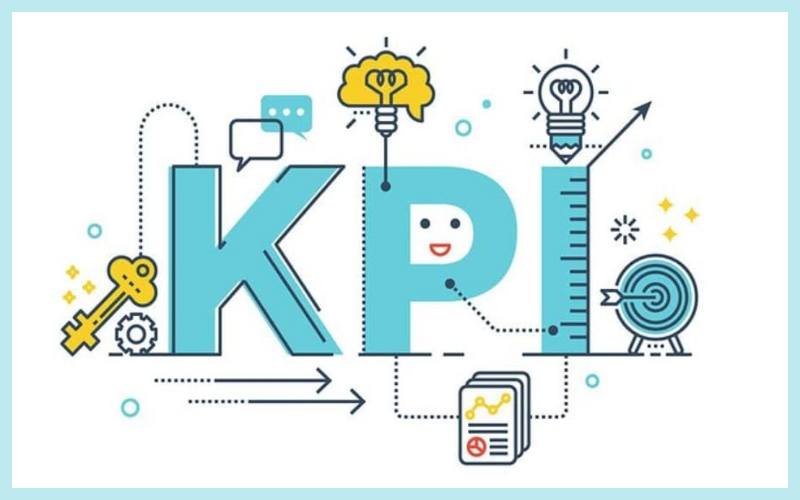Introduction
User experience (UX) design is the process of designing products and services that are easy to use and enjoyable for users. UX designers use a variety of methods to gather feedback from users and improve the design of their products. One important way to measure the success of UX design is to track key performance indicators (KPIs).
Goals of UX Design
There are many different goals of UX design. Some common goals include:
- Improving performance and usability: UX design can help to improve the performance and usability of products and services. This can lead to increased user satisfaction, decreased errors, and improved efficiency.
- Increasing exposure: UX design can help to increase the exposure of products and services to potential users. This can be done by making products and services more visually appealing, easier to use, and more informative.
- Increasing sales: UX design can help to increase sales of products and services. This can be done by making it easier for users to find and purchase products, and by providing a positive user experience that encourages users to return for more.
- Improving credibility: UX design can help to improve the credibility of products and services. This can be done by creating a professional and polished user experience that makes users feel confident in the product or service.
- Reducing use of resources: UX design can help to reduce the use of resources, such as time, money, and energy. This can be done by making products and services more efficient, effective, and sustainable.
Metrics for Measuring UX Design
There are a variety of metrics that can be used to measure the success of UX design. Some common metrics include:
- Number of users: This metric tracks the number of people who use a product or service.
- Customer satisfaction: This metric measures how satisfied users are with a product or service.
- Increase in registration / new users: the number of new users who register for a product or service.
- Decrease in errors / incomplete process: the number of errors that users make when using a product or service.
- Decrease in support tickets: the number of support tickets that are submitted by users.
- Decrease in support cost: the cost of providing support to users.
- Decrease in development cost: the cost of developing a product or service.
Conclusion
UX design is a complex and challenging process, but it can be very rewarding. By tracking KPIs, UX designers can measure the success of their work and make improvements to their products and services.
Here are some additional tips for using KPIs to measure the success of UX design:
- Choose the right KPIs: Not all KPIs are created equal. It’s important to choose KPIs that are relevant to the goals of your product or service.
- Track KPIs over time: It’s important to track KPIs over time so that you can see how your design changes are impacting user behavior.
- Compare KPIs to industry benchmarks: It’s helpful to compare your KPIs to industry benchmarks so that you can see how your product or service is performing relative to others.
- Use KPIs to make improvements: Use the data from your KPIs to make improvements to your product or service. By continuously iterating and improving your design, you can create a product or service that users love.

